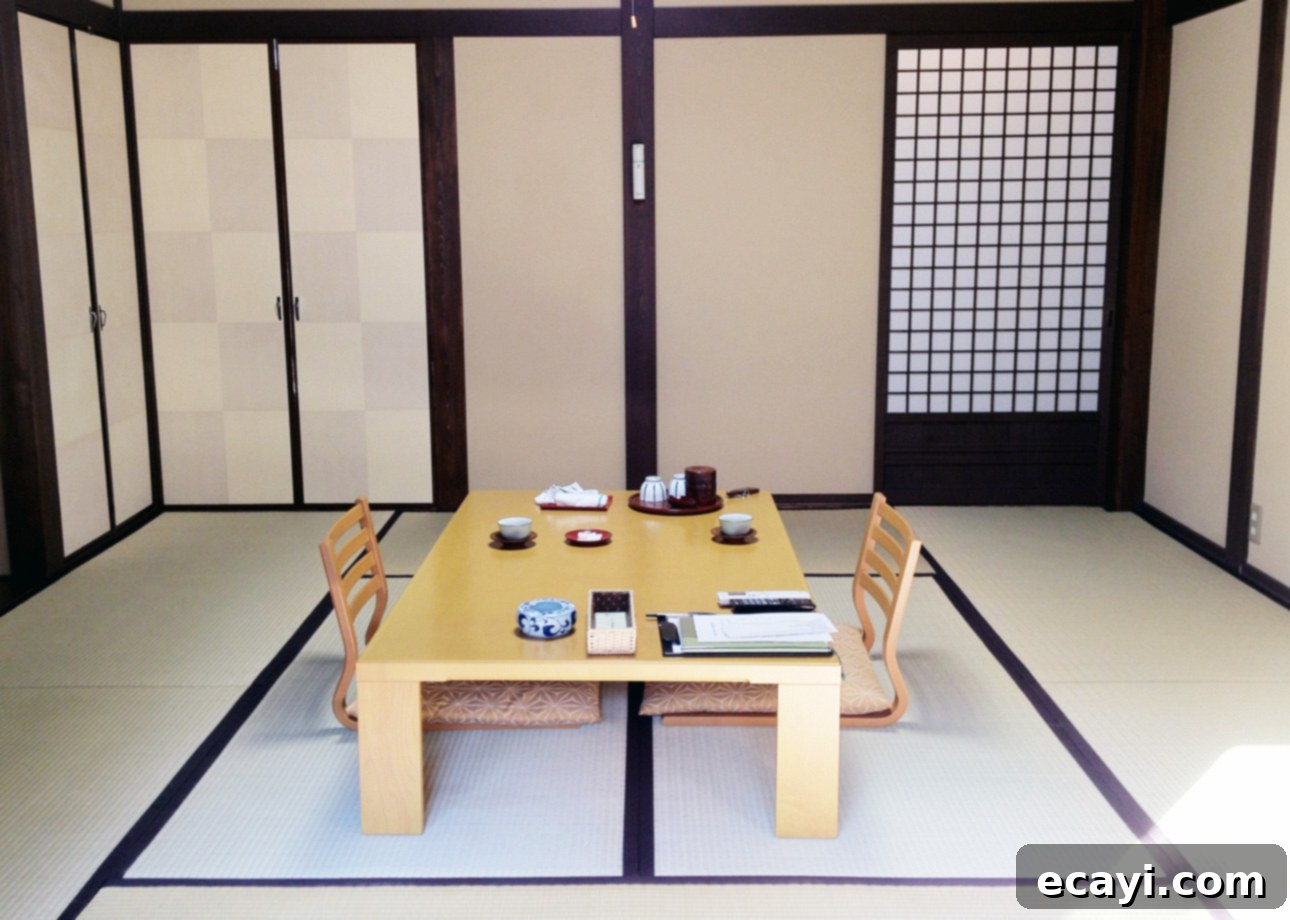Experience Authentic Japan: Your Essential Guide to a Memorable Ryokan Stay
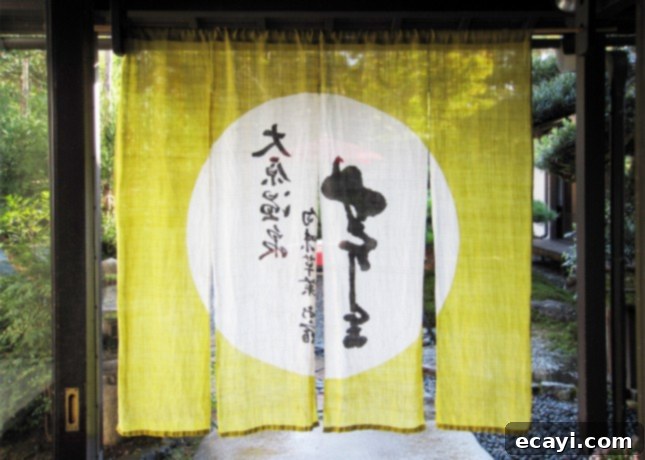
Among all my global adventures, my journey through Japan remains the most profoundly surprising, captivating, and utterly amazing. Within the tapestry of experiences woven during my time there, **my stay at a traditional Japanese inn, known as a ryokan, stands out as one of the most vivid and cherished memories.** Planning this particular aspect of my trip involved considerable thought and research, as it was at the very top of my must-do list. The questions were endless: Should we opt for a modern or a deeply traditional ryokan? Would a city-based inn offer a different charm than a serene countryside retreat? Was access to a natural onsen (hot spring bath) a non-negotiable priority? And how crucial was the opportunity to savor an elaborate kaiseki (multi-course) dinner?
But what exactly defines a ryokan? Simply put, it’s a traditional Japanese inn, but the term “inn” might conjure images far removed from reality for a Western traveler. Forget the rustic, chatty, and often boisterous atmosphere of a typical European or North American inn. Staying at a ryokan offers a profoundly different experience from a conventional hotel, steeped in rich cultural traditions and specific etiquette. Understanding these customs is key to fully appreciating your stay and ensuring you’re prepared for an experience you’ll undoubtedly cherish forever. This guide provides essential tips to help you navigate and maximize your unforgettable ryokan journey.
Choosing Your Ideal Ryokan Experience
Japan is dotted with ryokans, ranging from those nestled within the vibrant urban landscapes of Tokyo and Kyoto to serene havens in the countryside. Country ryokans are often situated amidst breathtaking natural scenery, which transforms beautifully with each passing season. If your itinerary allows, I highly recommend making the effort to visit a countryside ryokan. These offer a more profound and immersive cultural experience, allowing you to witness a slower, more traditional, and less technology-driven side of Japan that might otherwise elude you.
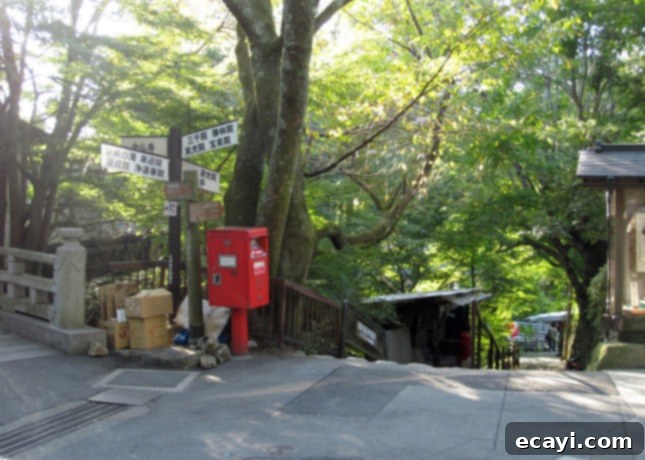
A pedestrian street bordering a canal in Sanzen-in, Ohara.
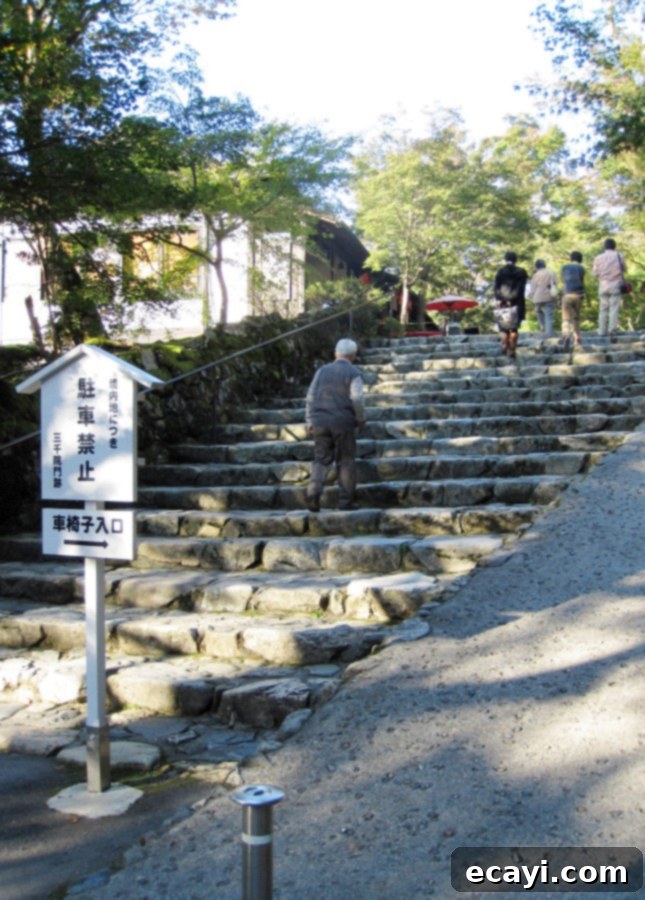
Steps leading to the Sanzen-in Temple and the Seryo ryokan, an hour north of Kyoto.
The ryokan we chose for our stay was Seryo, located in the picturesque Ohara region, just an hour’s journey north of Kyoto. Our decision was guided by several factors: its proximity to numerous smaller, less crowded, yet magnificent temples (including the historic thousand-year-old Sanzenin Temple) and the presence of natural hot springs feeding the local baths. We felt this location offered a perfect blend of captivating sightseeing opportunities and a genuine, off-the-beaten-path cultural immersion.
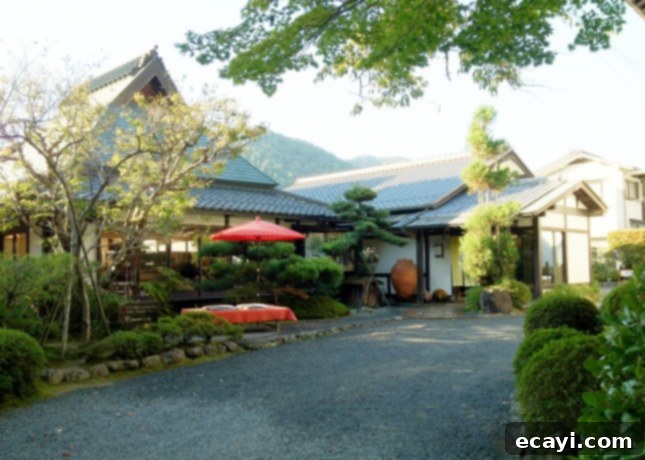
Seryo, a traditional ryokan located in the Ohara region, an hour north of Kyoto.
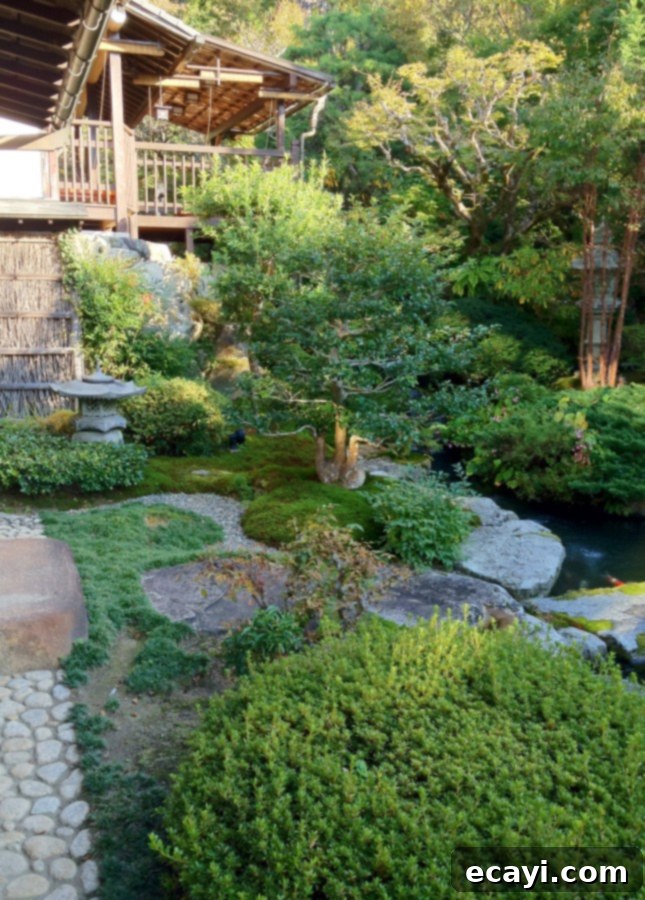
A captivating view of the ryokan’s beautifully landscaped garden.
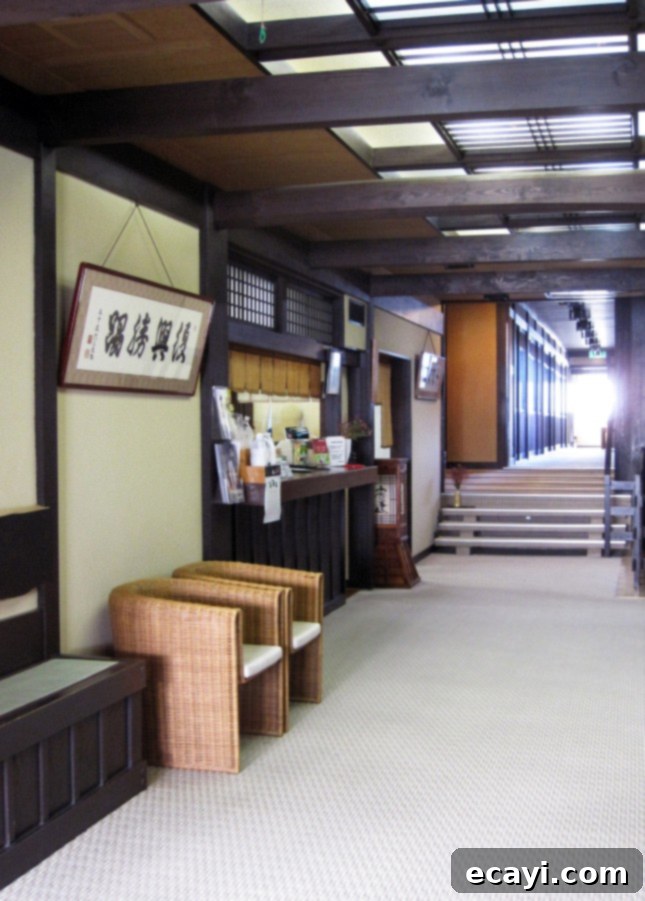
The immaculate and welcoming entrance of the ryokan.
Even if your travel itinerary prevents you from venturing into the countryside for a day or two, staying in a city ryokan is still an incredibly rewarding choice. City ryokans often feel like serene enclaves, offering a peaceful escape from the urban hustle and bustle just beyond their walls. If you’re wondering where to begin your search, Kyoto is particularly renowned for its exquisite kaiseki cuisine and stunning historic architecture, making it an ideal location to immerse yourself in the authentic ryokan experience.
Ryokans come in a vast spectrum, from the humble and modest to the overtly luxurious. Your choice will largely depend on your budget and specific priorities. Some ryokans include both an elaborate dinner and a traditional breakfast as part of the stay, while others allow guests to dine elsewhere. Certain establishments may require a two-night minimum stay, whereas others offer greater flexibility. Before making your selection, consider what aspects are most important to you: the elegance of the décor, the level of comfort, the culinary offerings, the presence of hot springs, and so on. There are options to suit nearly every budget and interest, though it’s easy to indulge in a truly lavish ryokan stay. High-end, all-inclusive options can easily exceed $500 per person per night. While this may seem substantial, when you factor in the exceptional quality and intricacy of the food, the unparalleled level of attentive service, and the once-in-a-lifetime cultural immersion it provides, it often proves to be one of the most worthwhile investments of your entire trip.
My own pre-trip research indicated that an outstanding ryokan experience, offering exceptional comfort, superb cuisine, excellent facilities, and beautiful surroundings, could be secured for approximately $180-250 per person per night. Ryokans with higher rates typically offer additional luxury amenities, such as private in-room hot baths, expansive suites, breathtaking scenery overlooking historic sites or panoramic views, or even feature a kitchen helmed by a celebrity chef. The key is to match your expectations and desires with the unique offerings of each establishment.
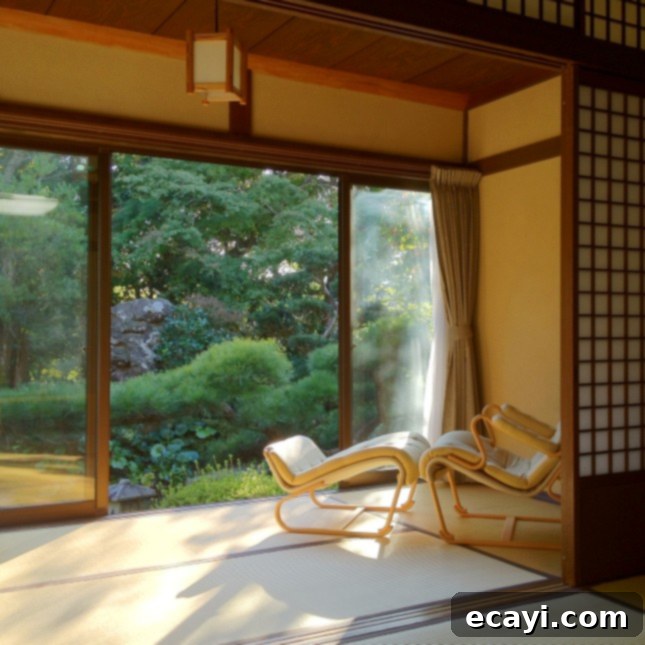
The serene sitting area of our guestroom at Seryo Ryokan, designed for ultimate relaxation.
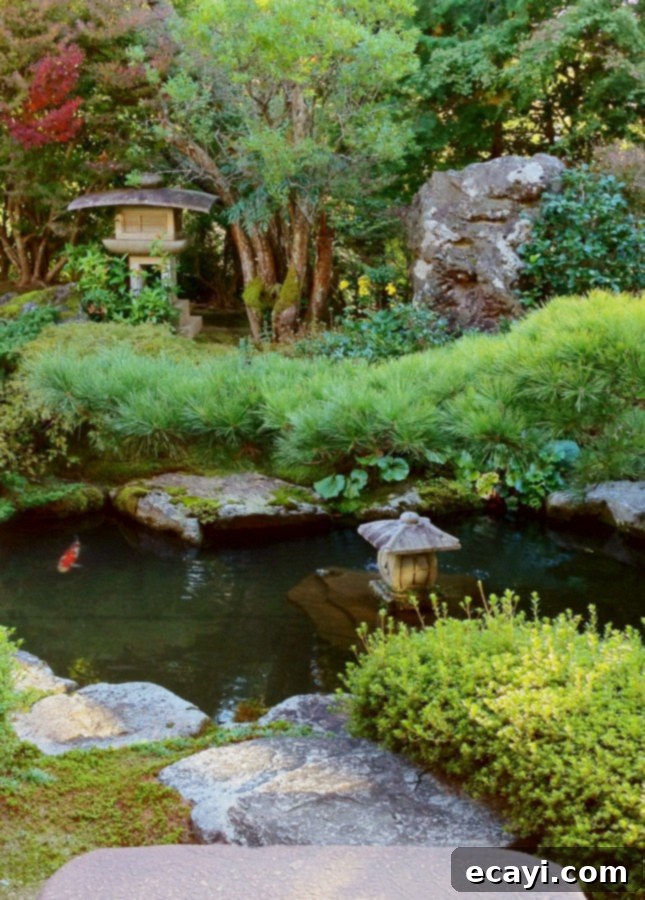
Undoubtedly the most captivating view I’ve ever enjoyed from a hotel room. This exquisite pond, situated just a step below our room, remains a dreamlike memory.
What to Expect at a Ryokan: Etiquette and Experience
Atmosphere: The ambiance at a ryokan is meticulously crafted to foster reflection, tranquility, and profound relaxation. It is not an environment for boisterous celebrations or loud conversations. Guests are expected to maintain low voice levels at all times, showing respect for the peaceful experience of others. Particular mindfulness is required when outside your room, and using cell phones in public areas is strongly discouraged. Indeed, consider switching off your device entirely for the duration of your stay to fully embrace the digital detox. Think of a ryokan as a dedicated health spa or a spiritual retreat, where serenity is paramount.
Check-In/Check-Out Times: Generally, ryokan check-in and check-out times mirror those of Western hotels (check-in typically around 3 pm, check-out around 11 am). However, there is so much to absorb and appreciate during a ryokan stay—from wandering through manicured gardens and savoring exquisitely prepared meals to enjoying multiple restorative baths and quiet moments of tea in your room—that a single night often feels too short. Planning for a two-night stay is highly recommended to fully immerse yourself in the experience. We regrettably only booked one night at Seryo, and it felt like it was over in a blink. I yearned for more time to simply exist within its relaxing atmosphere and explore its beautiful premises. Given that a return to a ryokan might not be imminent, carefully consider whether you can dedicate both the time and budget for a more leisurely two-night stay.
Your Room: Upon first entering your ryokan room, don’t search for conventional Western-style beds, as you won’t find any immediately. Most ryokan rooms are designed as minimalist, multi-purpose spaces, often serving as elegant tearooms during the day. Embrace the open space and minimalist aesthetic, which promotes a sense of calm and order. Rest assured, while you are out enjoying your elaborate dinner, the attentive ryokan staff will discreetly transform your room, setting up incredibly comfortable futon mattresses directly on the tatami floor. I can confidently say that most travelers find these plush Japanese futons surprisingly conducive to an excellent night’s sleep. However, those with limited mobility should inquire in advance about accommodations offering Western-style beds if needed.

A minimalist guestroom during the day, embodying tranquil simplicity.

Comfy futons expertly set up for a peaceful night’s rest.
Beyond the sleeping arrangements, ryokan rooms feature traditional elements like tatami mats (woven straw flooring), shoji (sliding paper screens), and fusuma (sliding doors used as room dividers). Often, a *tokonoma* (alcove) will display a scroll or a flower arrangement, reflecting the season. These subtle details contribute to the overall aesthetic and connection to nature that is central to Japanese design philosophy.
Dress Code: One of the first customs you’ll encounter upon arrival is the request to remove your outdoor shoes and exchange them for slippers provided by the ryokan. These slippers are to be worn throughout the property. You can wear them with or without socks, but it’s crucial to remember that you must always remove slippers before stepping onto tatami mats, whether in your guestroom or the dining area. Furthermore, separate “toilet slippers” are typically provided for use exclusively within the bathroom facilities. In your room, you will find a yukata—a lightweight cotton kimono. This comfortable garment is intended for you to wear anywhere within the ryokan premises, including the dining room. It helps foster a sense of relaxation and uniformity among guests. Just ensure you put it on correctly, with the left side over the right side (the reverse is reserved for burial). Some ryokans provide instructions, but you can also consult this helpful guide if you wish to be fully prepared.

Shoes remain off at all times inside a ryokan. At Seryo Ryokan, guests leave them respectfully at the front door.
Embracing the Onsen: Hot Spring Bath Etiquette
Baths filled with natural hot spring water, known as onsen, are a major draw and defining feature of many ryokans. The therapeutic benefits of bathing in these mineral-rich waters are vast, ranging from stimulating circulation and easing muscle pain to potentially aiding in the healing of various ailments. Onsen are ubiquitous across Japan, making hot spring bathing a cherished tradition enthusiastically embraced by Japanese people for hundreds of years. However, the etiquette surrounding onsen can often surprise, or even baffle, Western visitors. Here are the essential guidelines:
- Thoroughly Wash Before Entering the Baths: This is arguably the most crucial rule. As the baths are communal, maintaining their cleanliness for all guests is paramount. The onsen changing room will always feature a designated showering area, complete with stools, soap, and shampoo. You are expected to sit down, thoroughly wash your body and hair, and then rinse yourself completely, ensuring no soap residue enters the main bath.
- Be Prepared to Bathe Nude: This is often the most uncomfortable aspect for Westerners, but it is a fundamental part of the Japanese onsen culture. Bathing suits are strictly forbidden in communal onsen. You may use a small modesty towel (called a *kakeyu*) to cover yourself as you walk to the bath, but this towel must never be dipped into the hot spring water. Instead, it should be placed on your head or at the side of the bath. Rest assured, staring is considered rude, and your nudity will not draw unwanted attention. If you are truly uncomfortable with communal nudity, seek out a ryokan that offers private onsen (kashikiri-buro), which can be booked for exclusive use.
- Inquire About Tattoo Policies: In Japan, tattoos are historically associated with organized crime, particularly the *Yakuza*. Consequently, many ryokans and public onsen still maintain policies that prohibit tattooed visitors from using shared baths. While this can seem discriminatory, it is essential to be informed beforehand. If you have tattoos, research individual ryokan policies, or again, consider booking a private onsen.
- Be Aware of the Water Temperature: Onsen waters are naturally *very* hot. Even if you consider yourself a fan of hot baths, onsen water can be a different league, often reaching temperatures of 102°F (39°C) and sometimes even higher. It is advisable to dip for only short periods to avoid overheating. I personally found it challenging to remain submerged for more than a few minutes at a time! If you have any health conditions or issues that could be exacerbated by extremely hot water, it is crucial to exercise caution or refrain from using the onsen altogether.
- Maintain Civilized Behavior: The onsen is a place of relaxation and reverence. Do not enter the baths while intoxicated. Photography is strictly prohibited to ensure the privacy of all guests. Avoid shouting, running, or any disruptive behavior. In essence, be a respectful and considerate visitor, reflecting positively on the broader tourist community.

The inviting outdoor hot spring bath (on the women’s side) at Seryo Ryokan, offering a serene escape.

The women’s washing area at Seryo Ryokan. Prior to entering the hot spring bath, guests are expected to sit on a stool, cleanse their bodies and hair with provided products, and then thoroughly rinse themselves using the shower head and tub.
In addition to communal *onsen*, some ryokans offer *rotenburo* (outdoor baths), which provide a unique connection to nature, and *kashikiri-buro* (private baths), perfect for those seeking solitude or who are new to onsen culture. Exploring these variations can enhance your hot spring experience.
For more comprehensive information about onsen and how to properly bathe in Japanese hot springs, consider these invaluable resources:
- Tips on Enjoying Japan’s Hot Springs
- Healing waters: The Japanese Onsen Experience
- Improve and Maintain Health with Onsen
Savoring the Culinary Artistry at a Ryokan
Ryokans traditionally serve kaiseki, a sublime multi-course dinner that can feature up to 15 exquisitely prepared dishes. The ryokan chef takes immense pride in sourcing and presenting seasonal, local ingredients, meaning the menu constantly evolves throughout the year. The plating itself is an astonishing display of intricacy and artistry; kaiseki is not merely a meal but an art form, meticulously designed to create a perfect harmony of taste, texture, appearance, and color. Each dish is presented on carefully selected plates and bowls that enhance its visual appeal and seasonal relevance, transforming every course into a true work of culinary art.

A captivating preview of a fall kaiseki dinner at Seryo Ryokan, showcasing its artistic presentation.
This is precisely the moment to embrace an open mind and a spirit of culinary adventure. Do not be concerned if you don’t immediately recognize every ingredient on your plate, or if the server’s description of a dish leaves you somewhat perplexed. This happened to us frequently; initially, we asked our server to repeat explanations, only to realize that most of the ingredients were entirely new to us, making memorization or comprehension difficult. While I wished I had thought to ask for a written menu (though typically one isn’t available due to the ever-changing seasonal nature), the photographs I took serve as a wonderful reminder of the experience. **Arrive with curiosity and an adventurous palate**, and allow the creative and wonderful combinations of textures, flavors, and colors to delight your senses. Typical *kaiseki* courses might include an appetizer (sakizuke), a clear soup (suimono), sashimi (otsukuri), a simmered dish (nimono), a grilled dish (yakimono), a fried dish (agemono), a vinegared dish (sunomono), rice (gohan), miso soup, pickles (konomono), and a dessert (mizumono).
The serving style for meals varies among ryokans. Some offer the unique luxury of serving meals directly in your guestroom, providing an exquisitely private and intimate dining experience. Others feature a communal dining room where both dinner and breakfast are served. If meals are served in a dining room, it is typically done in a single sitting, making **punctuality absolutely essential**. And by “on time,” I truly mean *early*. At Seryo, dinner was scheduled for 6 pm. As we were just about to head out at 5:58 pm, the phone in our room rang: the manager was politely reminding us that they were waiting. It was in that precise moment that we fully grasped the Japanese appreciation for precision and punctuality! We hurried to the dining room, only to find all the other patrons (the vast majority of whom were Japanese) already gracefully seated, with their first courses already served.
Despite the intimidating number of dishes in a *kaiseki* meal, the portions are deliberately very small, ensuring a balanced and satisfying progression without overwhelming the diner. **Service is exceptionally efficient**—remarkably speedy, in fact. An empty plate rarely lingers for more than a minute before it is whisked away, and the next course arrives seamlessly as you sip your tea. Often, several dishes might be presented at once; in such cases, your server will politely explain the recommended order in which to enjoy them. While tea is typically included, other drinks (such as sake or beer) are not part of the meal package but can be ordered for an additional fee. If you wish for an alcoholic beverage, be prepared to place your order as soon as you are seated for dinner, as the attentive service team will not wait for you to ponder your choice.
For a detailed description of dishes typically included in a kaiseki meal, we recommend consulting this comprehensive guide.

Seryo Ryokan’s delightful outside terrace, where dinner can be served when the weather permits, offering an enchanting ambiance.
Breakfast at a ryokan is a generous spread of traditional Japanese morning delicacies. Dispel any notions of croissants and jam; the Japanese palate favors savory flavors to begin the day. A typical breakfast often includes steamed rice, warm miso soup, a selection of various pickles, grilled fish, seasonal vegetables, and refreshing green tea. At Seryo, leveraging our location in the Kyoto region—famously known as the Japanese capital of tofu—we were also treated to exquisitely silken tofu in a delicate clear *dashi* broth, gently heated on a burner placed directly on our table. It was an absolute delight, though I admit I ordered an additional coffee, needing a familiar comfort to complement this breakfast that so wonderfully diverged from my usual peanut butter and jelly toast. Similar to dinner, breakfast time is precisely set in advance, and you are expected to be on time (or even a few minutes early). For a more detailed explanation of dishes typically included in a ryokan breakfast, refer to this insightful guide. (Note that some Ryokans do offer Western-style breakfast options; if this is a requirement for you, be sure to inquire before making your booking.)

A beautifully presented and typical Ryokan breakfast spread, a feast for the senses.

When in Kyoto, indulge in the wonderfully smooth and delicious silken tofu, a local specialty.
In Conclusion: A Journey into Japanese Culture
If you are fortunate enough to plan a trip to Japan, I wholeheartedly urge you to allocate time in your schedule for a truly transformative stay at a ryokan. It offers an unparalleled opportunity to experience traditional Japanese rituals firsthand, to revel in the serene beauty of Japanese architecture and garden design, and to immerse yourself deeply in the rich, unique tapestry of Japanese culture. A ryokan stay is more than just accommodation; it’s an education, a rejuvenation, and a profound connection to the heart of Japan. I dream of the day I can return to such a haven of tranquility—until then, I will continue to gaze at my cherished photographs, attempting to conjure some of the exquisite serenity and peacefulness I discovered at Seryo, right here at home.

Useful Resources for Your Ryokan Journey
To assist you further in planning your unforgettable ryokan experience, here are some valuable links:
- Seryo: The charming Ohara, Kyoto ryokan where we enjoyed our memorable stay in Japan.
- Ryokan Collection: This distinguished site curates only the finest ryokans, akin to the prestigious Relais & Châteaux for traditional Japanese inns, showcasing the epitome of luxury and authenticity.
- Japanese Guest Houses: An independent booking platform that provides not only accommodation information but also insightful details on ryokan etiquette, hot springs, and broader Japanese tourism.
- Japan Ryokan & Hotel Association: This official association offers highly detailed information about ryokans, covering essential topics such as expected behavior, culinary traditions and how to enjoy them, the benefits of hot spring baths, and the roles of staff members. Their comprehensive four-language PDF guide to staying at aryokan, complete with helpful illustrations and diagrams, is particularly useful for first-time visitors.
